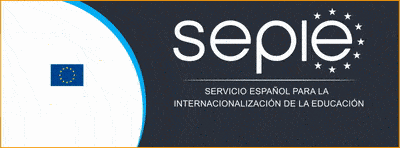
The «Adult Student Career Booster» project is co-financed by the Erasmus+ program of the European Union. The content of this post is the sole responsibility of Cpepa Ribagorza and neither the European Commission nor the Spanish Service for Internationalization of Education (SEPIE) are responsible for the use that may be made of the information disseminated here.
We present our new Erasmus + project called:
Adult Student Career Booster

The project arose from an ITSCM initiative to give adult learners the opportunity to access higher education courses and to organize a specific accelerated pathway for adults who do not have the specific degree that opens access to higher education.
The extension of this proposal by developing a blended learning offer (a combination of distance and face-to-face education) is the idea that shaped the project.
Therefore, the project seeks to explore with European partners the different practices in this field. In fact, hybrid courses have received more attention lately due to the pandemic, so it is time that we adapt our offer to these opportunities to better meet the needs of our students.
The objectives are:
- To better understand the profile of students who want to start a blended learning course at our different institutions.
- Better understand the obstacles of adult learners who want to start a blended learning programme.
- Exchange practices and knowledge between our institutions on the implementation of blended learning courses for adults.
- Strengthen the skills of teachers so that they can adapt their attitude towards students and position themselves as a guide.
- Stimulate the interest of teachers in the exchange of knowledge and practices with institutions from other European countries
- Strengthen the capacity of the teaching team to develop sequences of courses adapted to blended learning.
- Better identify and strengthen the self-discipline and learning-to-learn skills of target students


